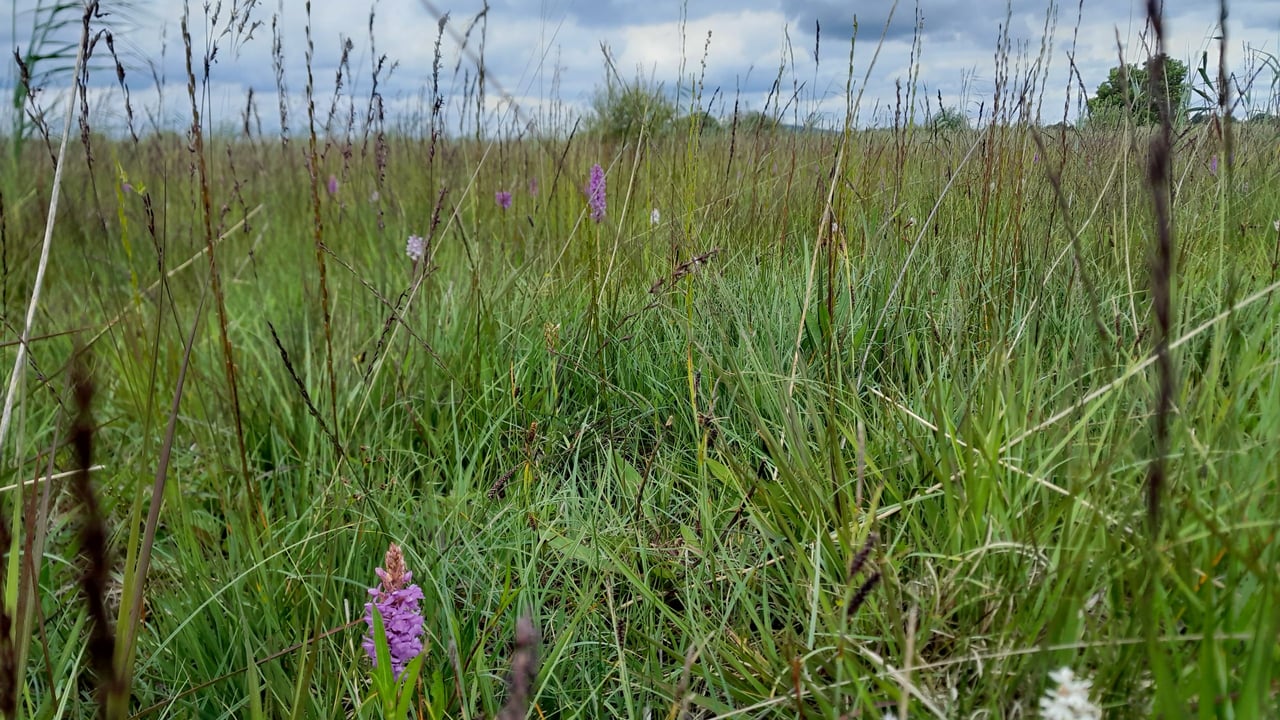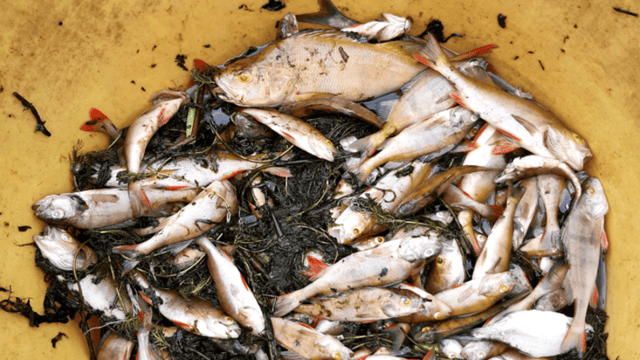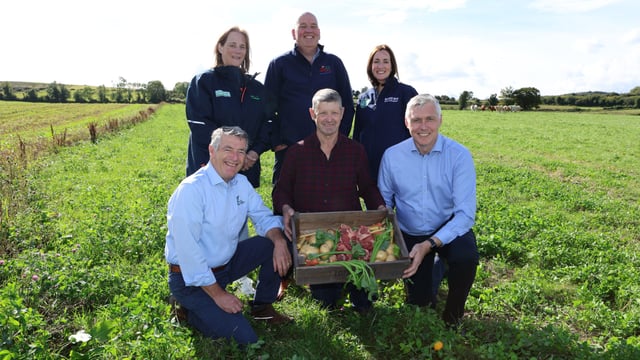'Multi-disciplinary team' sought for Kildare wetlands restoration
The Department of Housing Local Government and Heritage is currently inviting tenders for a wetlands restoration project in Co. Kildare.
Tóchar Midlands Wetlands Restoration, led by the National Parks and Wildlife Service (NPWS), is seeking a multi-disciplinary team to create a restoration plan for Pollardstown Fen.
Pollardstown Fen is an extended wetland complex, located close to Newbridge, within the Curragh sand and gravel aquifer. It is the largest calcareous spring-fed fen in Ireland covering some 226ha.
Unlike a bog, fens are fed mainly by springs, and in this case calcareous (calcium rich) water flowing in from over 40 springs emanating from the Curragh sand and gravel aquifer.
This helps to create a unique environment, providing a vital habitat for specialist species.
Pollardstown Fen is a statutory nature reserve, is registered under the international Ramsar Convention on Wetlands and is a Special Area of Conservation (SAC).
The site is also deemed a "groundwater dependent terrestrial ecosystem" under the EU Water Framework Directive and a European Council Biogenetic Reserve.
The call for tenders for scientific, ecological and hydrological services for the restoration plan has a closing date of Monday, February 17, 2025.
According to the tender documents, the aim of the project is to set out proposals for restoration of Pollardstown Fen and associated habitats, to implement these measures and to monitor their effectiveness.
The restoration plan will identify technically feasible restoration measures for the various zones of the site including the fen habitats, Rathbride woodland, and surrounding wetland margins.
The contract, with an estimated value of €80,000 excluding VAT, is for 22 months from March 2025 to December 2026.
The restoration plan is supported through the EU Just Transition fund which is co-funded by the government of Ireland.
Although the focus of the restoration plan is on fen habitats, it is anticipated that the measures will also benefit other wetland habitats, species, improve biodiversity and reduced carbon emissions.
The department added that the project could also contribute to socio-economic benefits for the local community.





